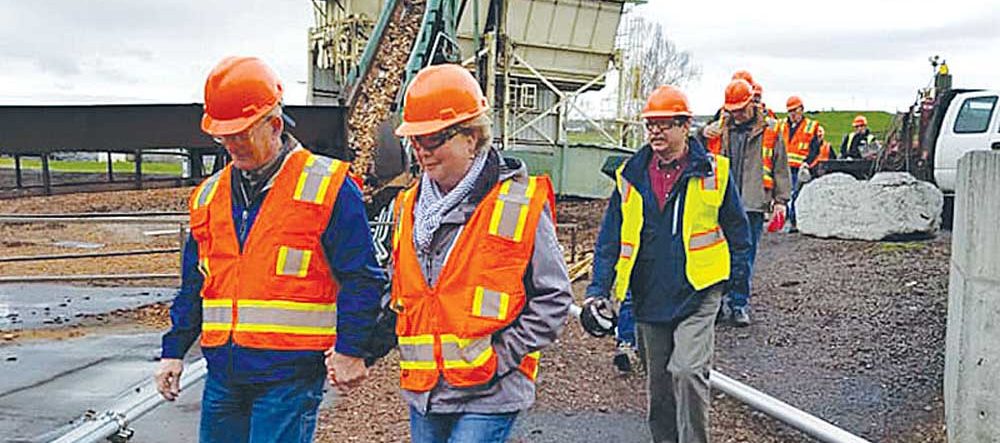Eye to the sky | What meteorologists really do
Published 6:00 am Thursday, July 16, 2020

- Austin
When you tell someone you’re a meteorologist, the first thing you’re likely to hear is, “Really? What channel are you on?” followed by, “I sure wish I could find a job where I was wrong 50% of the time and still got paid.” These are musings we weather professionals are used to, and as someone who really enjoys engaging the public, they don’t bother me. In fact, I use them to better inform people on what meteorologists really do, and how our forecasts are actually right most of the time. The truth is, the world of meteorology careers is more diverse than people think.
First, you have your academic meteorologists who largely work in public and private universities. Thank god they exist or nobody would ever understand how weather works. There are literally dozens of complex equations and atmospheric laws. Without researchers and professors, we would never understand these concepts, and I assure you our forecasts would be about as accurate as Bob’s Weather Forecasting Stone.
Then there are the programmers — the ones who are constantly seeking to improve numerical weather models and developing apps and tools to aid in weather forecasting and warning decision-making. More on this in a future article. There’s just way too much to expand upon here.
Then you have your TV meteorologists. Believe it or not, some of the most famous TV personalities don’t actually have a degree in meteorology, but rather one in communications. You combine this with formidable people skills and a great smile, and amazing things happen. A heavy majority of the folks who go into TV are meteorologists, and all of them do a fantastic job because most people are mortified to get in front of a dozen people, much less an unknown number of critics watching from home.
Finally, you have your operational meteorologists or weather forecasters. A large number of us work in the private sector for companies like AccuWeather or Weather Underground, but a sizable number are employed by the government. Most federal positions are in the military or the National Weather Service (NWS), which is made up of meteorologists, programmers and technicians. We all work diligently toward a unified mission of saving lives and protecting property from potential damage or loss due to adverse weather.
While many in the general public have heard of the NWS, not all are aware of the variation or technicality of the work we do, so it’s worth touching on.
We put together forecasts out to the next seven days for that weekend barbecue, outdoor wedding, or upcoming trip you have planned. We know weather impacts every facet of life, whether it is life-threatening or not. More importantly, we issue watches and warnings for hazardous weather, such as severe thunderstorms, winter storms, and flooding. We also work hard to educate people on the dangers of weather and how they can stay safe and prepare ahead of time to prevent any potential harm to themselves or their families.
More recently, the NWS has embarked on a mission to provide weather information to decision makers. We call this Impact-based Decision Support Services (IDSS), and the goal is to provide partner agencies in emergency management and public safety information on threatening weather well in advance. This enables them to position resources and employ mitigation strategies to minimize potential damages and casualties. We will discuss IDSS further in a future article, but the bottom line is there’s a lot more that goes into forecasting than simply reviewing a model, composing a forecast, and transmitting it.
Interpretation of impacts-based weather information has become a cornerstone of NWS operations. Helping our core partners make better decisions enables them to do their jobs more effectively, and keeps you and your families safer during dangerous weather.
So the next time someone tells you they are a meteorologist, instead of settling for the traditional quips about forecast accuracy, what channel they work for, or recanting the “Great Storm of ’93,” ask them what they actually do in weather. I’m certain most would be happy to oblige, and you’ll probably learn something new about the fascinating world of weather and the people who make it their life’s work.








